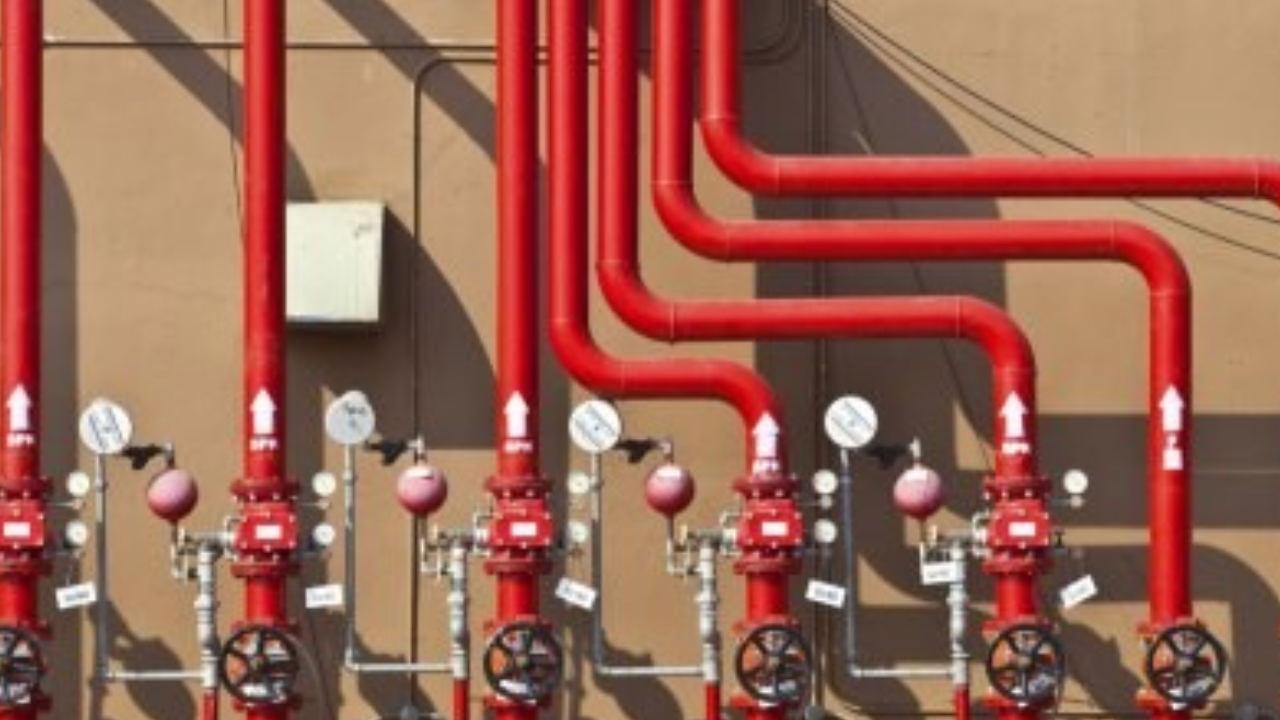A fire pipeline system, which consists of linked pipes, pumps, valves, and auxiliary equipment intended to enable a quick and efficient response to fire crises, is an essential part of the infrastructure for fire protection. This system, which includes sprinklers and hydrants positioned thoughtfully across buildings and outdoor areas, guarantees a steady supply of water for fighting fires.
The system is activated by automated detection mechanisms, which allows for a quick water supply to put out flames. Fire pipeline systems vary in form and function according to the unique requirements of various types of buildings, from residential homes to commercial establishments. Go to uniacero.com for additional details about the fire pipeline.
Are Water-Only Systems Used In Fire Pipelines?
Although water is the most common fire suppressant in pipeline systems, different situations could call for different strategies. Clean agent fire suppression systems are used in environments where the use of water presents dangers, such as data centers or museums housing delicate equipment or artifacts. These devices put out fires without endangering water supplies by employing gases or certain chemicals.
Furthermore, certain industrial buildings might have foam-based fire suppression systems that are intended to put out dangerous liquid fires. The facility's characteristics, the kinds of possible fire threats, and the requirement to reduce collateral damage while successfully managing certain fire risks all have an impact on the suppression agent selection.
Kinds Of Fire Pipeline Systems
Fire protection systems, commonly referred to as fire pipeline systems, are essential for controlling and preventing fires in a variety of contexts. Fire pipeline systems come in a variety of forms, each tailored to fit particular needs and surroundings. Below are a few typical kinds:
Wet Pipe Systems:
The most popular and basic kind of fire pipeline system is the wet pipe system. Water is always present in the pipes of these systems, ready to be released when a fire detection device is triggered. Wet pipe systems are appropriate for locations where freezing is not an issue because of their quick response. They might not be appropriate, therefore, in areas that frequently experience frigid temperatures or water damage.
Dry pipe systems:
When the system is turned on, there is no water in the pipes, in contrast to wet pipe systems. Water is held back by compressed air or nitrogen at a valve; when a fire is detected, the valve opens and releases the water. Since there is no water in the pipes to freeze, dry pipe systems are perfect for locations where freezing is an issue. They are frequently utilized in cold environments like parking garages and warehouses.
Pre-Action Systems:
These systems integrate elements of dry and wet pipe systems. Water cannot be released into the pipes until a supplemental detection device has been activated and a fire detection signal has been received by the pre-action valve in these systems. This double-checks approach reduces the possibility of an unintentional water leak and is frequently utilized in places like data centers and museums where water damage needs to be closely monitored.
Deluge Systems:
These systems are intended for high-hazard regions where simultaneous and quick coverage is crucial. All sprinkler heads in these systems are open, and when the deluge valve is opened, water is released. Deluge systems are frequently used in locations with highly combustible materials, like hangars for aircraft and chemical storage facilities.
Foam Systems:
Used in situations when flammable liquids are involved or when water alone is insufficient to contain a fire, foam fire pipeline systems are utilized. These systems create a foam solution that covers the fire, reducing flammable vapors and preventing re-ignition by injecting a foam concentrate into the water supply. The petrochemical and aviation sectors are two that frequently use foam systems.
Water Spray Systems:
These systems are intended to cool and put out fires in certain sections of machinery or buildings. These devices spray a thin mist over a predetermined area using high-pressure water. In industrial environments, like manufacturing facilities and power plants, water spray systems are frequently utilized to protect machinery and equipment.
Finally
The wide range of fire pipeline systems offers customized answers for different fire safety requirements. The selection of a system is essential for protecting people and property, whether it is for managing freezing issues, preventing water damage, or handling particular threats. Careful selection guarantees an all-encompassing and efficient fire safety strategy in a variety of settings.


